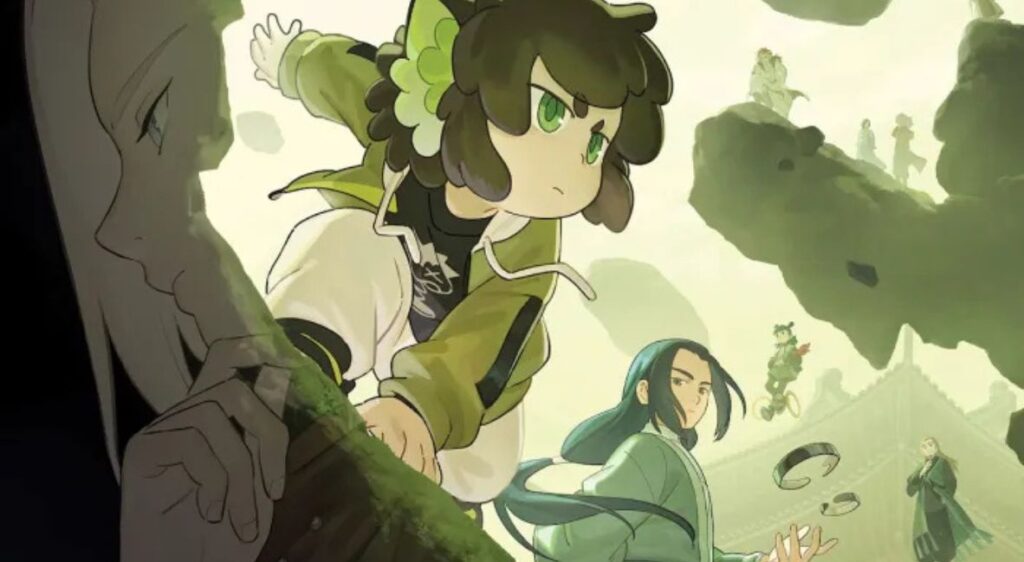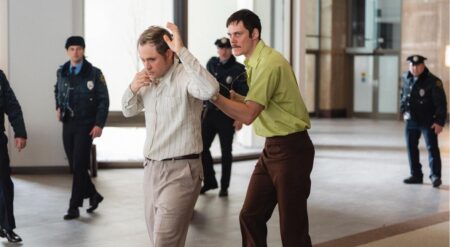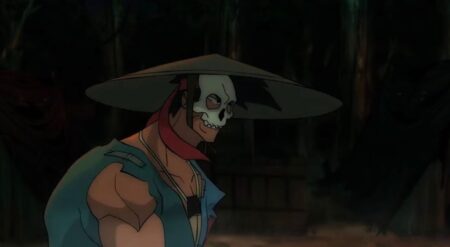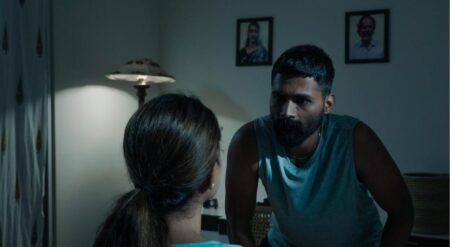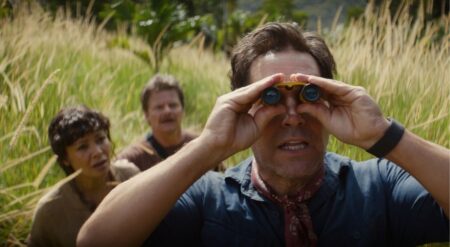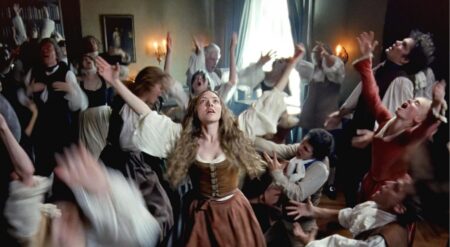Aided by engaging direction and some breathtakingly kinetic animation, The Legend of Hei II is a considerable step up from its 2019 predecessor in many ways. Written and directed by MTJJ and Gu Jie, the film takes everything that made The Legend of Hei so winsome and doubles it while gaining stronger ground in the fundamentals.
The visuals, the sound and score, and the action all speak to a greater confidence behind the scenes. Punctuated by moments of broad hilarity and anchored by a lovable, found-family element, the film scales its previous limitations to become a well-earned epic in the making.
Taking place before the animated series, The Legend of Hei II finds Wuxian (Liu Mingyue) and Xiaohei (Shan Xin) in a forced crossroads. The Spirit World is brutally attacked, and as a result, the peace that once existed between the spirits and humans is shattered, as spirits seek revenge. However, more destabilizing than the attack is the main suspect: Wuxian. As the human master stands in limbo and under the watchful eye of a spirit, Xiaohei and his senior apprentice, Luye (Zhu Jing), embark on an adventure to uncover the truth behind the attack.
Two early sequential moments speak to the film’s brilliant visual cadence. The first is the attack that catalyzes the main drama. The influence of Avatar: The Last Airbender is evident in the fight style between humans and their outfitted artillery, as well as in the spirits who fight with the elements.
The found-family antics remain a major strength.
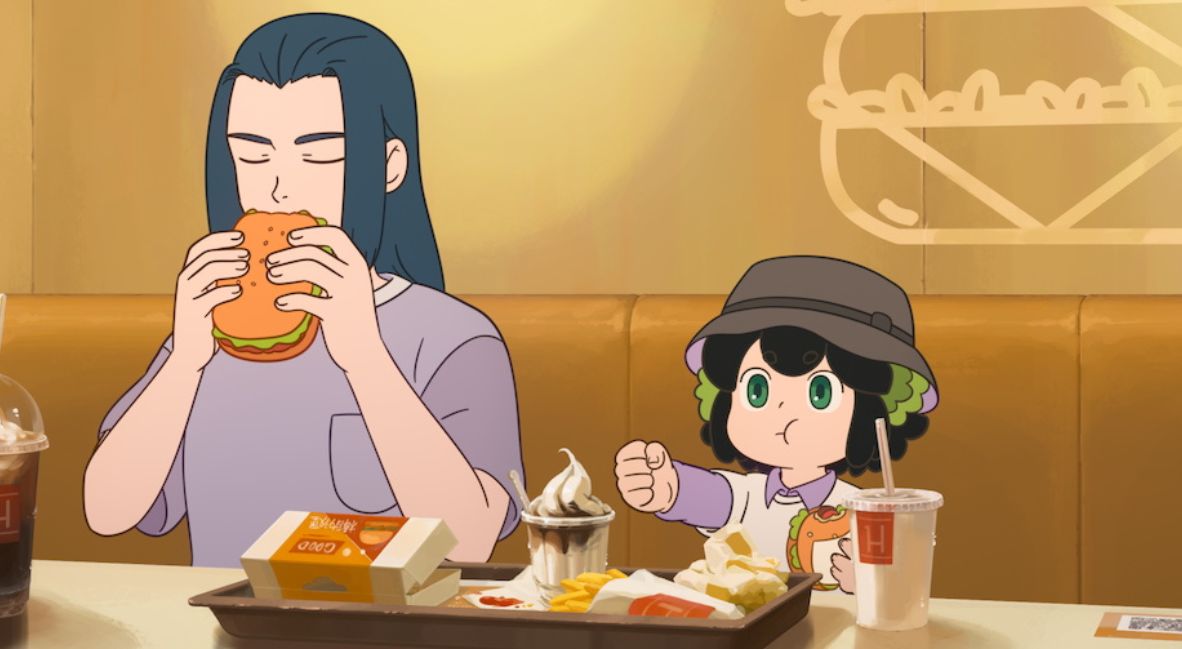
The Legend of Hei II finds immense strength in how the filmmakers choose to frame a shot. From quiet moments between guild members to high-stakes action, the camera dips and weaves in any given shot to create the most immense and dramatic picture. An angered spirit who talks about their place in the world of humans fills up the screen from a long angle. It’s this attention to detail and filling a world that gives the opening fight sequence such depth and a sense of place and time.
Because it’s fluid. It’s not just that the spirits fight through elementals but that the direction and action choreography evolve in a way that emulates the motions of said elements. Everything has a flow and pace to it—a grace in how characters move and how bullets strike. It’s a made-for-the-big-screen moment as these larger-than-life spirits are seemingly decimated.
It’s what makes the following sequence, which documents the evolution of Wuxian and Xiaohei’s dynamic, so immediately charismatic. The transition is an act of contrasts—warfare against the idyllic nature of their found and built home.
The Legend of Hei II splits up our main characters.
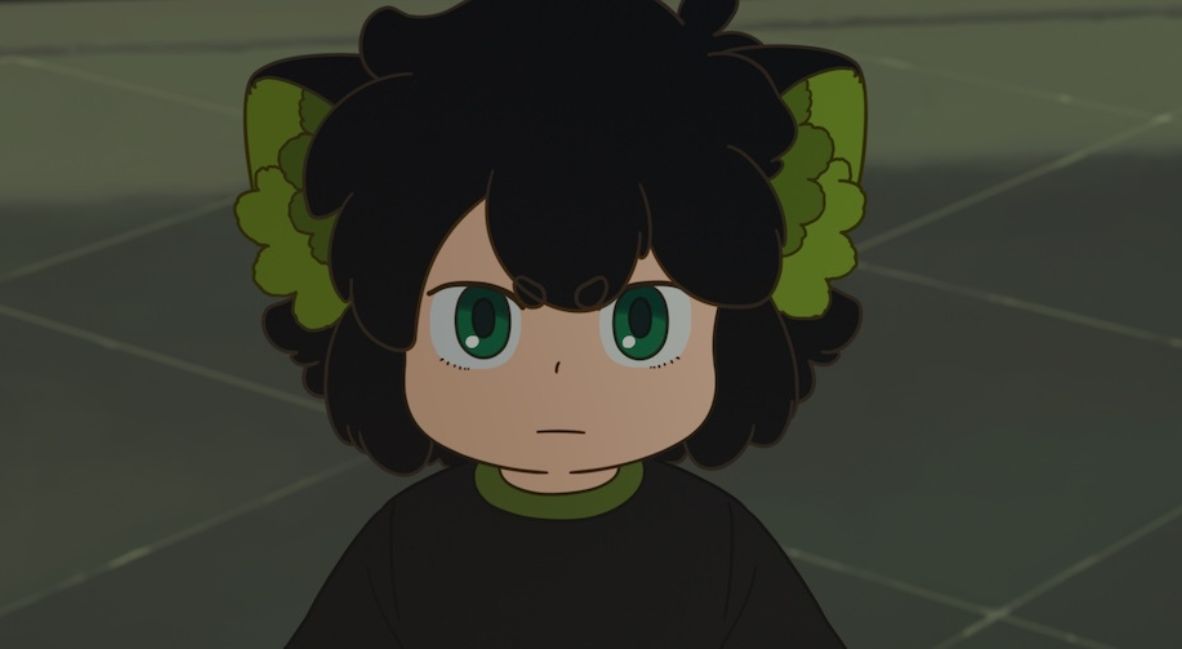
Even if viewers come into the sequel without having seen the 2019 film, the opening montage would clue them in to what the two characters mean to one another. Sure, they still maintain their mentor and apprentice titles, but they’ve become family.
The sequence is so charming and instantly lovable that it actually damages the rest of the story, as the two are forced apart. While Luye is also an interesting character and her dynamic with Xiaohei finds its own specific charm, it doesn’t touch the familial dynamic between him and Wuxian. The film could just focus on their daily training, adventures out, and Wuxian’s desperate attempts to cook edible food, and it would be just as endearing.
It’s the only aspect that dampens the film’s effect. We care about the story, and there’s enough intrigue to keep us engaged as we wonder who the main assailant was at the start. However, we’d care more if our two main characters had more screen time together.
The humor and action highlight the strength in animation.
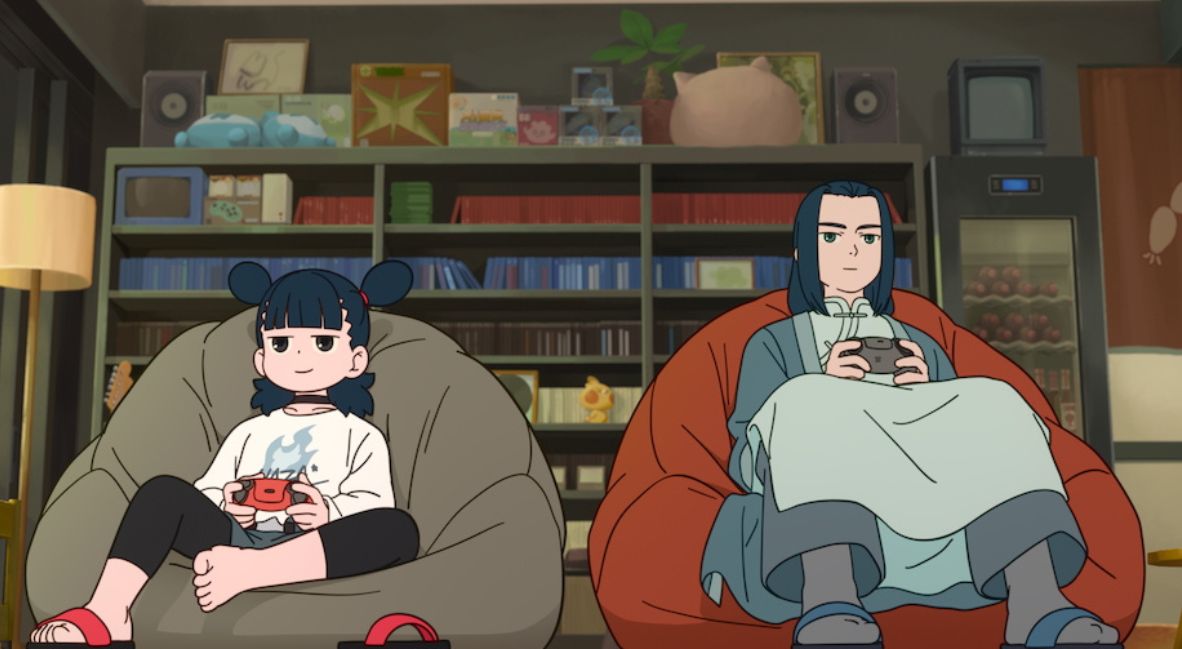
That said, much of the magic of The Legend of Hei II lies not in the story itself (though it shouldn’t be overlooked), but in the spectacle of its visuals. The film looks gorgeous. The color stories alone stun in how they shift to reflect different lighting or urban versus rural settings. There’s a color block effect to how each frame grants the story an otherworldly effect, perfectly visualizing a blended world of spirits and humans and the old versus the new.
The sequel also improves upon the sound effects and how specific musical motifs hit. There’s a purpose to every note that helps transition interactions and give action a sense of impact. And it’s that action that truly steals the show. The Avatar comparison might seem obvious, but the resemblance in how action is depicted and how spiritual fighting styles manifest is striking.
We feel the flow of movement, and every character’s power has a link that makes it feel grounded in the real world, even if it’s anything but. The fight scenes are engaging, but it’s even more interesting to see where specific details are emphasized and where the camera focuses in a given fight.
Balance is key to this animated spectacle.
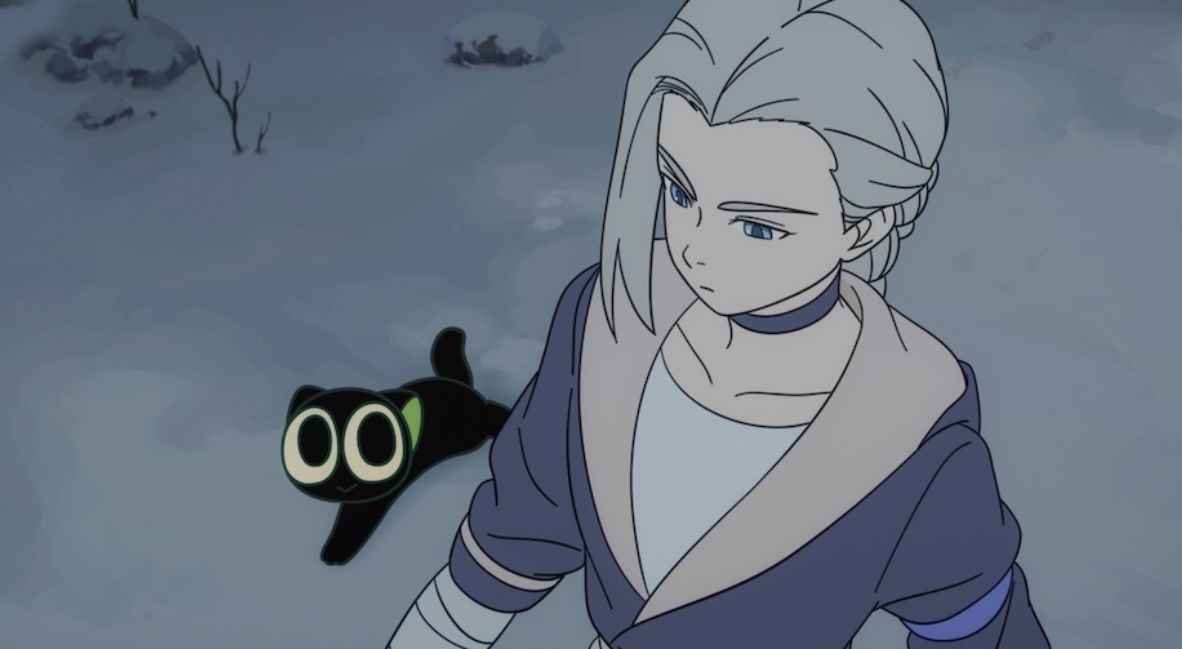
The Legend of Hei II, like its main plot, focuses on balance. The balance of humor and heart, the balance of action and character-driven intrigue.
Through that balance and the film’s declarative passion regarding humanity’s need for coexistence, it finds its magic and narrative spark. But it’s the impeccable visuals and action that help even the flattest moments become lively and poignant.
A clear labor of love that harnessed a team of artists to beautifully combine the work of 2D animation with 3D models, The Legend of Hei II is both a rousing story about the fortitude of found families and the nimble and diverse stories animation can tell. With some breathtaking action sequences and a thunderous heart at its core, it’s a definitive triumph that champions a medium constantly deserving of more validation.
The Legend of Hei II is now in theaters.
The Legend of Hei II
-
Rating - 8/108/10
TL;DR
The Legend of Hei II is both a rousing story about the fortitude of found families and the nimble and diverse stories animation can tell. With some breathtaking action sequences and a thunderous heart at its core, it’s a definitive triumph that champions a medium constantly deserving of more validation.

